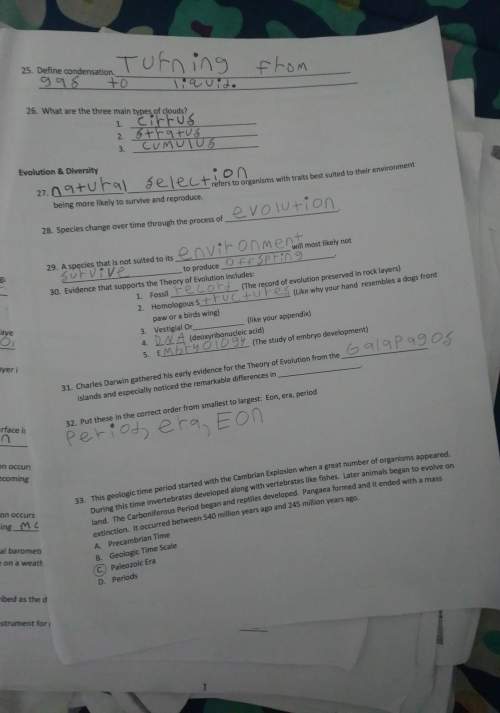
The 78 kg climber here is supported in the "chimney" by the friction forces exerted on her shoes and back. the static coefficients of friction between her shoes and the wall, and between her back and the wall, are 0.88 and 0.63, respectively. what is the minimum normal force he must exert? assume the walls are vertical and that friction forces are both at a maximum.

Answers: 3
Other questions on the subject: Physics


Physics, 21.06.2019 23:20, nathalyviruete
Imagine you had to physically add electrons, one at a time, to a previously neutral conductor. you add one electron very easily, but the second electron requires more work. in your initial post to the discussion, explain why this is. also, what happens to the work needed to add the third, fourth, fifth, and subsequent electrons
Answers: 1

Physics, 22.06.2019 03:40, srtero
Aprojectile is launched from ground level with an initial velocity of v 0 feet per second. neglecting air resistance, its height in feet t seconds after launch is given by s equals negative 16 t squared plus v 0 t. find the time(s) that the projectile will (a) reach a height of 192 ft and (b) return to the ground when v 0equals112 feet per second. (a) find the time(s) that the projectile will reach a height of 192 ft when v 0equals112 feet per second. select the correct choice below and, if necessary, fill in the answer box to complete your choice.
Answers: 1

Physics, 22.06.2019 15:30, Mhayslett12
To understand the electric potential and electric field of a point charge in three dimensions consider a positive point charge q, located at the origin of three-dimensional space. throughout this problem, use k in place of 14? ? 0. part adue to symmetry, the electric field of a point charge at the origin must point from the origin. answer in one word. part bfind e(r), the magnitude of the electric field at distance r from the point charge q. express your answer in terms of r, k, and q. part cfind v(r), the electric potential at distance rfrom the point charge q. express your answer in terms of r, k, and q part dwhich of the following is the correct relationship between the magnitude of a radial electric field and its associated electric potential ? more than one answer may be correct for the particular case of a point charge at the origin, but you should choose the correct general relationship. a)e(r)=dv(r)drb)e(r)=v(r)rc)e(r)=? dv(r)drd)e(r)=? v(r)r
Answers: 2
Do you know the correct answer?
The 78 kg climber here is supported in the "chimney" by the friction forces exerted on her shoes and...
Questions in other subjects:












 is the force on her back and
is the force on her back and  is the force on her feet:
is the force on her feet:




 using
using 






